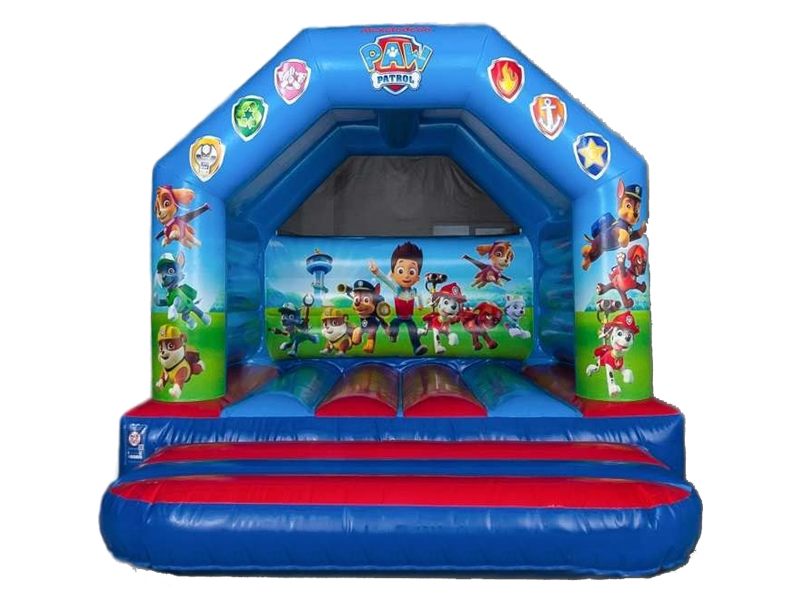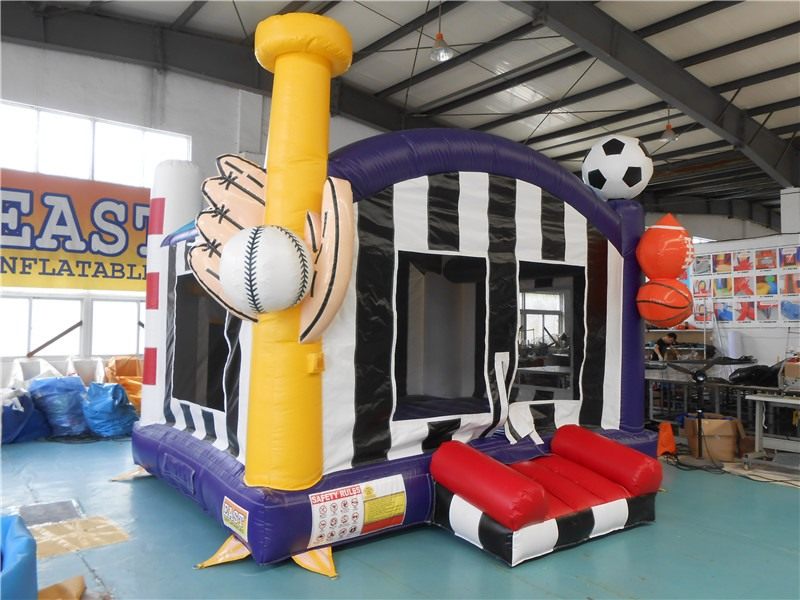
Bouncy castles are a beloved addition to children's parties, providing hours of fun and entertainment. However, if you’re considering renting or purchasing one, it’s essential to understand the differences between commercial and residential bouncy castles. Each type serves different purposes and comes with distinct features. Here’s a breakdown of what sets them apart.
1. Durability and Construction
One of the most significant differences between commercial and residential bouncy castles lies in their construction. Commercial bouncy castles are designed for frequent use, made from heavier and more durable materials. They are typically constructed with reinforced seams and thicker vinyl, allowing them to withstand the rigours of constant bouncing from numerous children over extended periods. In contrast, residential bouncy castles are made for occasional use and usually have a lighter build, making them less durable in the long run.
2. Size and Capacity
Commercial bouncy castles often come in larger sizes and have higher weight capacities than residential models. They can accommodate more children simultaneously, making them ideal for events like fairs, festivals, and large parties. Residential bouncy castles, while still fun, are typically smaller and designed for use in backyards or for private gatherings, limiting the number of users at any given time.
3. Safety Features
Safety is paramount when it comes to bouncy castles. Commercial bouncy castles are equipped with advanced safety features such as additional netting, safety mats, and reinforced anchor points to keep them secure during use. These features are crucial for ensuring the safety of numerous children bouncing at once. Residential models may not have the same level of safety features, so it’s essential to review safety specifications if you’re considering a purchase for home use.
4. Cost
The cost difference between commercial and residential bouncy castles is also significant. Commercial models are generally more expensive due to their robust construction, larger size, and added safety features. They are designed to be a long-term investment for rental businesses or frequent event hosts. Residential bouncy castles are more budget-friendly and are perfect for families looking for occasional fun without breaking the bank.
5. Maintenance and Care
Maintaining a bouncy castle is vital for longevity, but the level of care required can differ between the two types. Commercial bouncy castles usually come with maintenance guidelines to ensure they remain in good condition despite heavy use. They may require professional cleaning and repair services over time. Residential models often have simpler care instructions, focusing on cleaning after use and proper storage to prevent damage.
6. Usage Purpose
Finally, the intended usage is a significant factor. Commercial bouncy castles are typically rented out for various events, making them suitable for businesses looking to generate income through rentals. In contrast, residential bouncy castles are perfect for families who want to create a fun backyard atmosphere for birthdays, playdates, and family gatherings.
Conclusion
Understanding the differences between commercial and residential bouncy castles is essential for making an informed decision. Whether you’re a parent looking for occasional fun or a business owner considering rental options, knowing the distinctions in durability, size, safety features, cost, maintenance, and usage can help you choose the right bouncy castle for your needs. So, decide wisely and get ready for some bouncy fun!



Leave a Comment